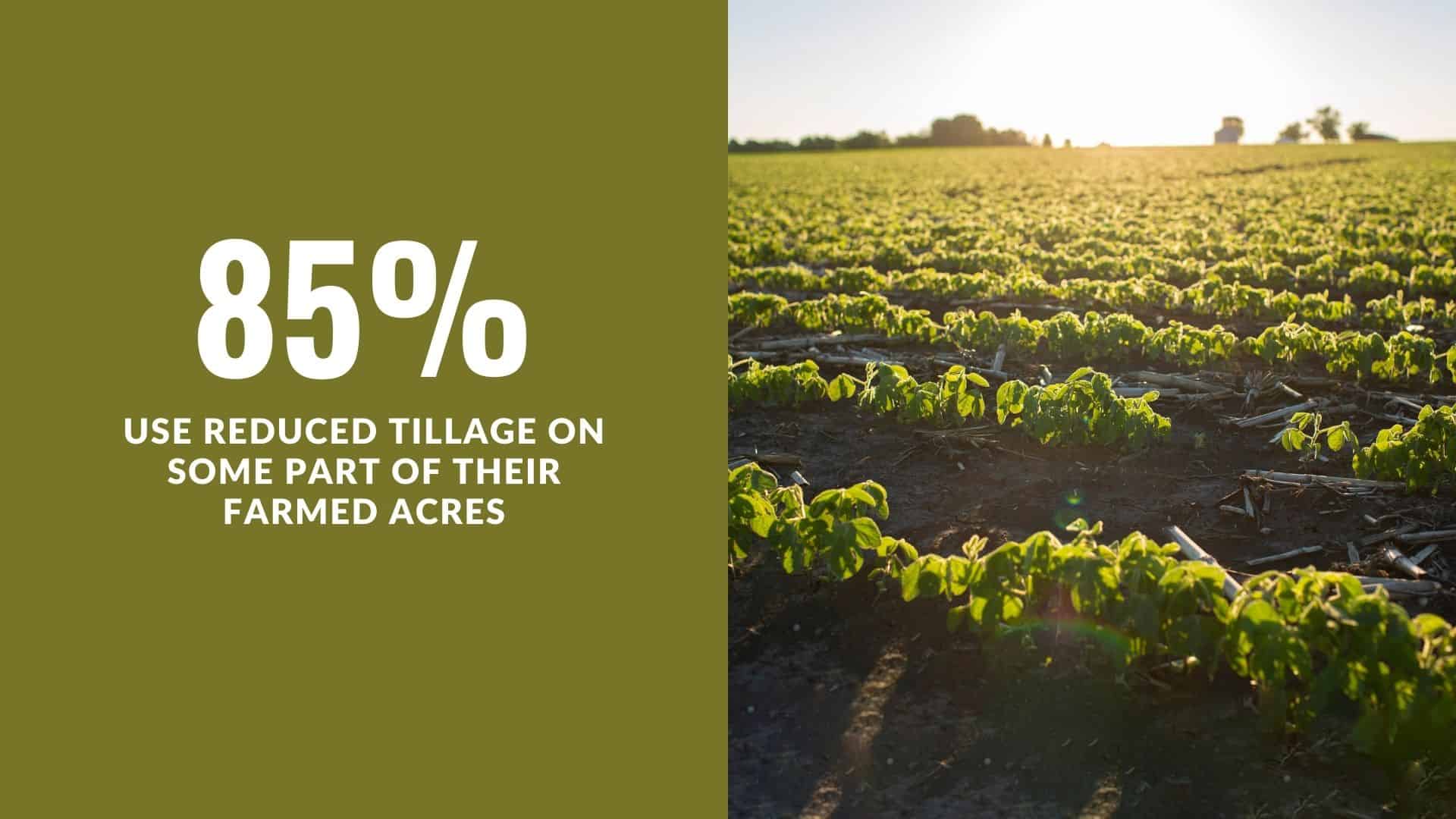Impacts: Summarizing Practice Adoption, Nutrient and Sediment Loss Reductions
Author: Travis Deppe
Precision Conservation Management (PCM) is a conservation program initiated through funding by the USDA Natural Resources Conservation Service (NRCS) – Regional Conservation Partnership Program (RCPP). PCM combines precision technology and data management with farm business and financials to help farmers manage, adopt, and adapt conservation practices long term and improve on farm decision-making.
Our primary goal is to integrate conservation practices and financial data to help farmers understand how specific management changes can influence both their environmental impact and their bottom line. Our recent data summary outlines success from our goals.
As of today, PCM has 223,000 acres enrolled in Illinois, representing a seven-fold increase since the program began. Cumulatively, there are nearly 827,000 acres in the PCM dataset. The program began in 2016 with just 56 farmers enrolled (and just one PCM Specialist supporting one region). Today, we have 280 farmers enrolled in PCM in Illinois and they are serviced by 7 PCM Specialists in 31 counties. Since the recent news that IL Soybean Association is joining IL Corn Growers Association as a full partner in PCM, PCM has doubled in size expanding into 3 new regions in southwest, northwest, and northern IL. So, stay tuned for even more growth over the next few years!

PCM Data Report Statistic
Here is a breakdown of PCM farmers’ management practices:
- 85% use reduced tillage on some part of their farmed acres
- 63% apply the majority of their N applications in-season on some part of their corn acres
- 35% grow an overwintering cover crop on some portion of their farmed acres
Let’s talk conservation acres. In 2020, our PCM dataset reflected:
- over 141,000 acres of reduced tillage
- almost 62,000 acres of in-season N fertilizer application for corn
- more than 35,000 acres of cover crops.
Finally, how about impacts on water quality and soil loss? In 2020 alone, PCM farmers achieved the following nutrient and sediment loss reductions:
- Over 615,000 lb. NO3-N loss reductions
- Over 90,000 lb. P loss reductions
- Over 127,000 tons of sediment loss reductions
We know that these numbers alone won’t stop new agricultural regulations or satisfy the goals of the Illinois Nutrient Loss Reduction Strategy, but these numbers are only a small part of the full impact that PCM is having on Illinois agriculture. The full measure of PCM’s value can be demonstrated with the influence of our reporting on farmers across Illinois and beyond – reporting that is based on solid and objective analysis of real-world, local data. It is PCM’s reporting that gives farmers the confidence to make decisions that impact both their family’s financial situation and our environment.
To truly seize the economic benefit of conservation practices, you must suspend the belief that higher corn and soybean yields equal increased profitability. As farm organizations, we believe this quest for higher yields has been “baked” into farmers’ psyche for generations. We would like to challenge readers to consider that obtaining high yields, and the higher input costs that goal often requires, may not be the best economic or conservation model for Illinois farms and Illinois farm families.

Elmore and Bess Discuss Data
For more information about PCM, please visit our website: www.precisionconservation.org.